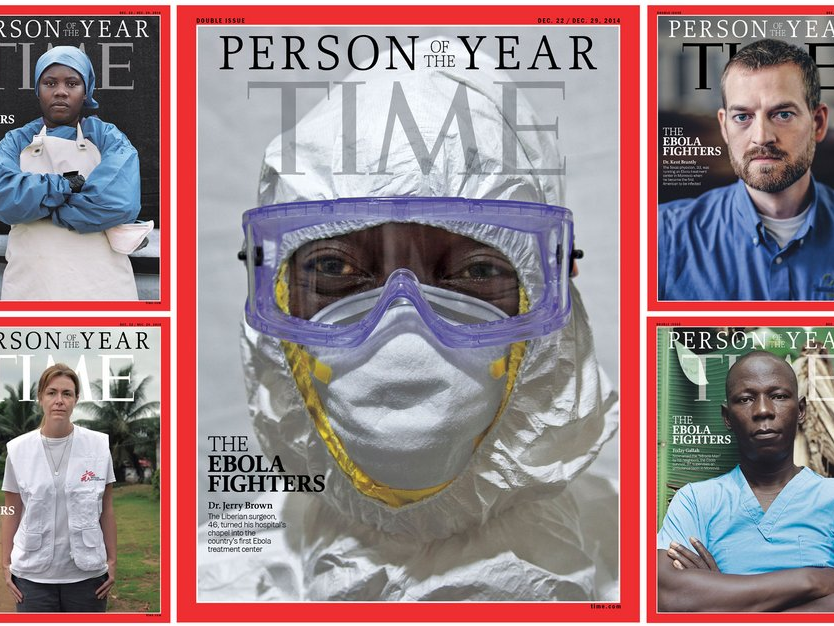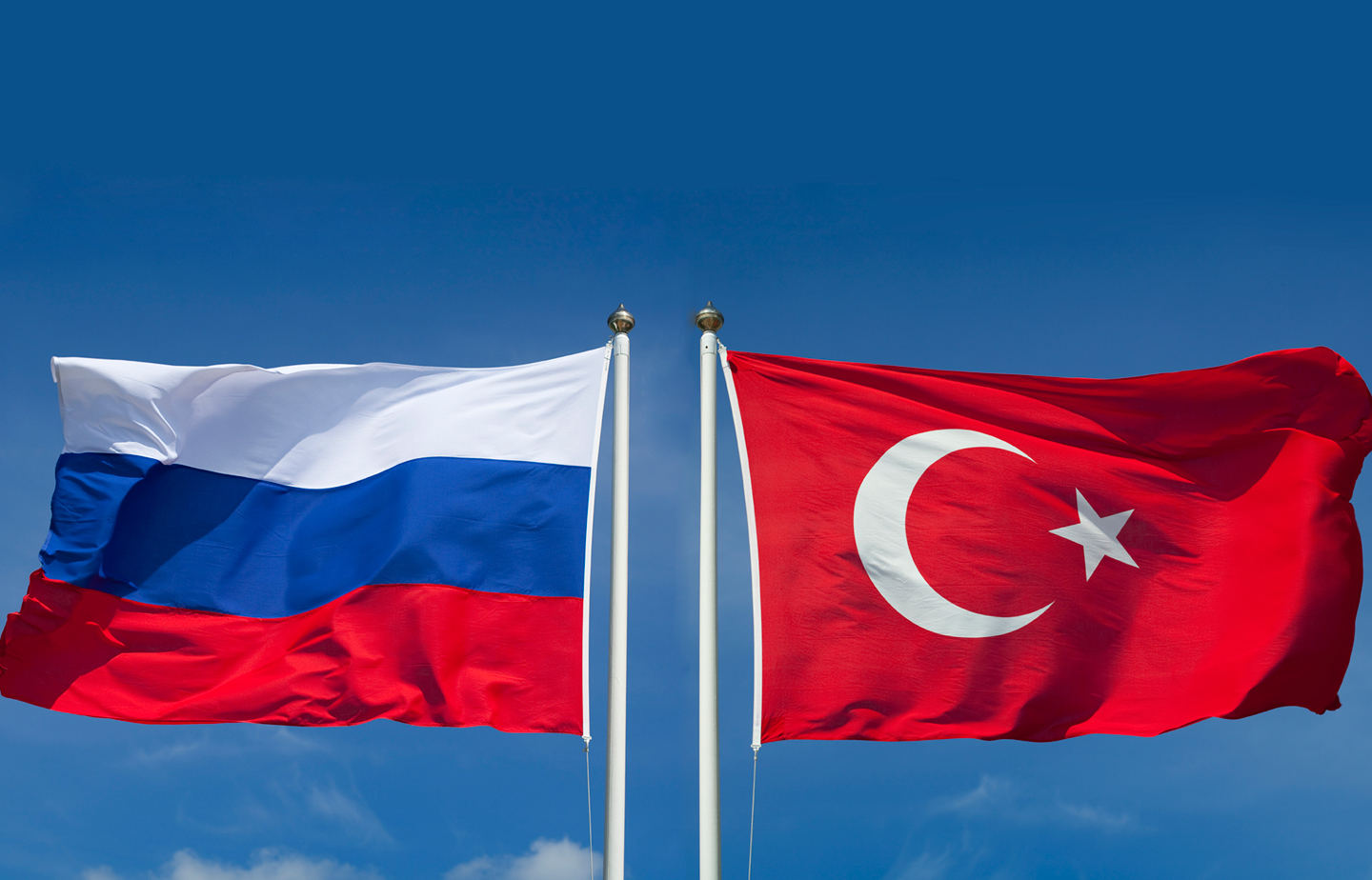The world watched transfixed as West Africa battled the Ebola virus during the epidemic that peaked in 2014. Borders and airports closed, but a few cases managed to escape the continent, creating international panic. Even though the threat of a global Ebola epidemic was quite low, given how difficult the disease is to transmit, its economic impact on the small nations of Guinea, Liberia and Sierra Leone continues to be very real.
The Ebola outbreak was not the first to capture the media’s attention. Before it came the Middle East respiratory syndrome outbreak in Saudi Arabia, the H1N1 pandemic, the emergence of Severe Acute Respiratory Syndrome cases in China, the HIV crisis, the bubonic plague and leprosy. The list goes on, but each outbreak has left a lasting mark on the societies it touched, and in some cases, on the world.
Predicting the Next Outbreak
Every new outbreak has the potential to create significant geopolitical consequences, whether they be regional or global. Not only can the spread of disease lead to extensive loss of life, but it can also disrupt trade and economic productivity. The chances of it doing so depend on several factors, including how the disease spreads, how deadly it is and how connected its country of origin is to the rest of the world.
Disease can also affect ongoing conflicts, though it is rarely a deciding factor in their outcomes. For example, European explorers brought smallpox to the Americas. While the smallpox did not eradicate the Incas, Mayans and Aztecs as some historical accounts suggest, it did take a horrific toll on the native populations, and some scholars believe it gave the conquistadors a tactical advantage. Likewise, geopolitical dynamics can influence the behavior of disease. One of the reasons the Spanish flu spread as far as it did in the early 1900s was the unprecedented movement of people that took place during World War I.
The historical perspective is useful for understanding the ramifications that the spread of disease can have. But each outbreak — and the subsequent epidemic — is unique, and forecasting what shape each might take requires an evaluation of two other types of information as well: the factors that make an outbreak more likely, and the factors that influence its spread and impact once it has begun.
While it is impossible to predict where the next outbreak will be, some places are at higher risk than others. War, unrest, rapid urbanization, certain climates and low levels of social services such as basic sanitation and running water can each increase the chances of an outbreak occurring or an epidemic taking hold in a given location.
Once the initial outbreak has occurred, a different set of circumstances determines how it might then spread and affect afflicted regions. The properties of the disease itself, including how (and how fast) it spreads from host to host and how lethal it is, play a role, as do trade and migration patterns that influence how quickly cases can spread beyond the country of origin. Another factor to consider is how integrated a country is into the global marketplace: Endemic tuberculosis in Russia, which carries a persistently high economic price tag in a region that is heavily involved in global trade, has had a much wider geopolitical impact than the relatively contained Ebola outbreak in West Africa.
Over the past year or two, several trends have emerged that could increase the risks that disease poses to Europe and Latin America. Below, we discuss the circumstances affecting each region and forecast the impact outbreaks could have there.
Southern, Central and Eastern Europe
With civil war raging in Syria and the Islamic State’s fight for territory consuming Iraq, it is no surprise that diseases associated with poor sanitary conditions, such as cholera, have emerged there. Meanwhile, the World Health Organization has identified Lebanon, where nearly 2 million Syrian refugees have settled, as a high-risk location for cholera outbreaks. And in 2013, polio returned to Syria amid weakened immunity caused by lapses in vaccination programs.

People living in such dire circumstances often become displaced from their homes, and many refugees from these zones are fleeing to Europe. While the influx of people has temporarily slowed on the Continent because of winter weather conditions, another surge is expected once spring arrives. With it will come the potential for an outbreak; isolated cases of diphtheria have already been reported among refugees.
This will compound the already thorny issue of immigration that has been the focus of much debate among Europeans in recent months. Southern, Central and parts of Eastern Europe will be particularly at risk because they lie on the primary migration paths connecting the Middle East and North Africa to Europe, and they typically have less effective health care systems or lower vaccination rates than their Western European counterparts. Whereas sanitation-dependent and tropical diseases would be easy to contain in much of Europe, polio — a disease that vaccines have eliminated from most of the globe — could crop up in countries such as Bosnia and Herzegovina, Ukraine and Romania, whose vaccination rates have slipped in recent years. (Indeed, Ukraine saw two cases of polio in 2015.) Even though polio presents asymptomatically in the bulk of cases, the fact that it primarily affects children and can be permanently debilitating elevates the social response to it, giving it a disproportionately large impact on society.
While parts of Europe may see isolated incidents of disease rise, the threat of a widespread outbreak stemming from refugee flows is very low. But much like the threat of terrorism, which is similarly improbable, the mere possibility of an epidemic caused by immigration patterns could fuel nationalistic tendencies already in place and exacerbate the widening fractures on the Continent.
Latin America
The threat of disease also looms in Latin America, but from a very different source. Multiple mosquito-borne epidemics are plaguing the region, putting fiscal strain on governments that are already grappling with political uncertainty and potential unrest.
Dengue fever is one such disease. Historically a disease of trade that occurred sporadically in ports and shipping centers, dengue fever has become more established over time thanks to urbanization and expanding populations. It became endemic to the tropical regions of the Asia-Pacific and the Americas in the latter half of the 20th century. With an estimated annual cost of between $1 billion and $4 billion in the Americas alone, dengue fever places a heavy economic burden on countries to which it is endemic. That said, Mexico recently approved a vaccine that may soon reduce the number of hospitalizations and costs associated with the disease, and Brazil may implement the vaccine by as early as 2016.
Two other mosquito-borne diseases that have taken root in the Caribbean and Central and South America in the past two years are chikungunya and the Zika virus. Chikungunya, originally identified in Africa in 1952, first appeared in the Caribbean in late 2013. Since then it has spread quickly throughout the region. While the disease usually is not lethal, its symptoms can be debilitating for years after infection, which could curtail the productivity of working-age populations in affected regions. So far, Colombia has seen more than 350,000 suspected cases, while Venezuela has had more than 15,000. Honduras, Nicaragua and El Salvador reported nearly 175,000 suspected cases combined. Meanwhile, the Zika virus has prompted the issuance of travel advisories in nine different countries: Mexico, El Salvador, Guatemala, Panama, Brazil, Colombia, Paraguay, Suriname and Venezuela. Although the majority of cases are asymptomatic, scientists in Brazil are investigating possible links between the virus and birth defects.

Without mass eradication efforts like those of the mid-20th century, it is likely that several mosquito-borne diseases will remain endemic to Latin America. This could lead to sporadic spikes in the number of cases in the region. As the cost of treating and combating these diseases adds up, Latin American governments will come under additional pressure as their finances are strained.
For instance, endemic disease will create yet another economic hardship for Venezuela as it prepares for a likely political transition next year. Crippled by low oil prices and skyrocketing inflation, the Venezuelan economy is expected to contract by 10 percent in 2015. Regardless of who is in power, the government will have difficulty allocating its limited resources to managing the spread and persistent effects of endemic disease. Meanwhile, declining social services could contribute to isolated outbreaks around the country; in the past six months, there have been reports of possible cholera cases and low medical supplies in Venezuela.
At the same time, many states in Central America are still reeling from the effects of El Nino, which brought severe drought to the region. Endemic dengue fever, chikungunya or the Zika virus will only worsen these countries’ financial situations as they struggle to attract foreign investment and encourage economic growth in the face of political violence, scandals and upheavals. While these diseases are already present in other tropical regions and are unlikely to disrupt regional and global trade patterns, they will likely continue to be a burden on countries with high rates of infection.
Europe and Latin America are by no means the only regions at risk for an outbreak. Conflict in Yemen, densely packed populations and open poultry markets in China, rapidly expanding urban societies coupled with poor sanitation in India, and forced migration from Myanmar each carry their own risks of sparking the next significant outbreak; a number of countries in Africa also experience some combination of the factors listed above. Disease is a global concern, and one that often appears to emerge without warning. But with the right tools and the proper perspective, it becomes easier to discern where it may strike next.







